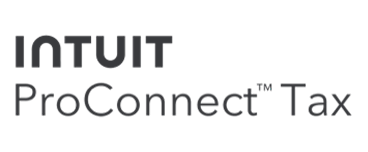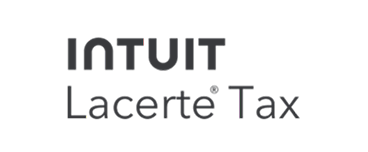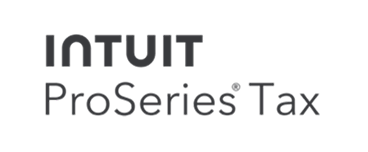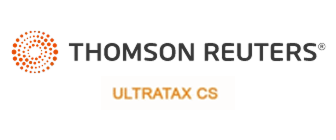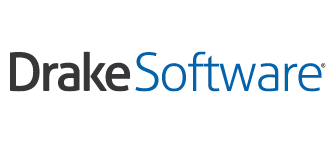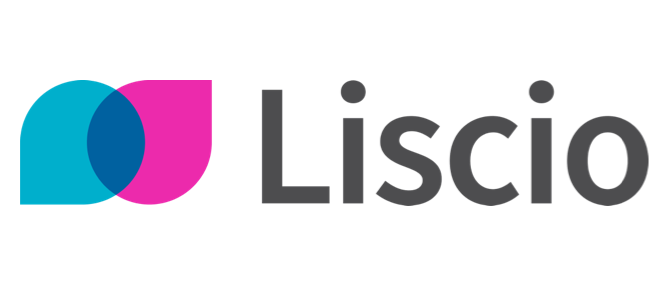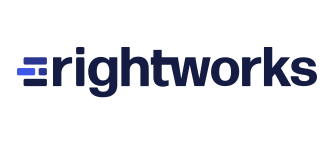
Tech Stack that Bulletproofs Your Business Continuity Plan
Having the right technologies in place to keep your business up and running no matter what happens is essential to any plan for business continuity.
Cloud-based software that you can access from any location, at any time, are no longer a “nice to have.” They are absolutely essential operational assets for any type of business. For many business owners, the thought of selecting the right technologies for this purpose can be overwhelming. I get it—but it doesn’t excuse you from going through the exercise to ensure your business is taken care of in the event of a potential interruption or catastrophic event.
Even if you already have a tech stack in place, it is important to review it from time to time to make sure it keeps pace with the evolution of your business. The current business environment provides the perfect opportunity! For example, my business has actually grown during the pandemic and I have had to adjust my technology to help me provide quotes for new prospects more easily and using a solution (for me, it is Quotient) which integrates with the other applications I am using.
5 cloud-based software that I currently use to support my firm’s business continuity plan
To make building a tech stack that supports your business continuity plan easier, I am sharing the exact tech stack I use in my own accounting firm to make sure that my business is able run securely and continually in the cloud no matter what happens.
Each solution you incorporate into your tech stack should serve a specific purpose and solve a particular business continuity pain point. To this end, I have organized the tech I use by the business process they support:
#1. Document management and eSignature: SmartVault
Keeping all of your documents safe and secure is an integral part of your business continuity plan, which means getting everything—and I mean everything—into the cloud. If you notice a repetition about using the cloud here, that is because it is non-negotiable when it comes to business continuity.
SmartVault is my go-to solution for managing document access and organization with my clients and third-parties who need access to files. All of my client files are securely hosted via SmartVault in the cloud and I can print directly to SmartVault as well as send documents to be e-signed through DocuSign from the platform. Clients can securely upload and transmit files using SmartVault, too.
For accounting firms, SmartVault integrates with multiple accounting and tax preparation platforms such as QuickBooks, ProSeries and Lacerte. On the small business side, SmartVault integrates with QBO, CRMs and other solutions.
Another plus: All data is encrypted at rest and during transmission, with bank-level security, which means added peace of mind all around.
#2. Quoting & Prospecting: Quotient
Quotient is a cloud-based application that allows you to send snazzy (the technical term for really professional and beautiful) quotes to your clients via email. The platform has a ton of very rich options and allows you to receive notifications when a client views and accepts your proposal.
#3. Accounting Firm Workflow: Karbon
For my accounting firm, the workflow solution I use is Karbon. It comes with an extensive knowledge base of standardized procedures and templates for operating procedures including those for accounting, tax, audit and advisory services, which can all be customized to a client’s needs. This solution really allows us to maintain efficient workflows and document every process, which from a business continuity perspective is key.
#4. Online Payments: Routable.com
Routable.com is a cloud-based solution that can really help speed up your cash flow while also helping your business save time and money when it comes to accounts payable and accounts receivable
In addition, Routable.com integrates with QuickBooks Online and Xero, so for small businesses using to enable your business to pay bills electronically via ACH and get paid electronically from your customers.
#5. Time-tracking: Tsheets
If you have employees, then you need to make sure that you can track their time—no matter what happens in your business! I use TSheets for this purpose, which is a web-based and mobile time tracking and employee scheduling app that serves as a much more efficient and business-continuity-friendly alternative to paper timesheets or punch cards.
Your business needs a strong tech backbone to stand up to continuity challenges!
So there you have it—the tech stack I have created and continually refine to keep everything moving. As I mentioned above, the technology you use to implement your business continuity plan should be reviewed regularly. My firm routinely reviews ours after each tax season, making note of the pain points in our processes so we can identify new solutions to solve them, making sure that anything new we add to our business continuity tech stack integrates with the other applications we already use for maximum efficiency.
From having to navigate the need for remote work capabilities to collaborating virtually with team members and client, plus all of the workflow and day to day business operations in between, building the right tech stack can truly bulletproof your business continuity plan as well as easing the pressure of pandemic-related anxiety.
Although building a business continuity tech stack like this is not an overnight process—it took my firm about two years to put all of the solutions in place and optimize them—it helps to look toward the long-term end goal: the peace of mind of knowing that your business can keep running and generating revenue in despite unexpected circumstances.
